Best Material for Indoor Railings: Wood, Metal, or Glass
- Carlo Carpentry

- Aug 12
- 7 min read
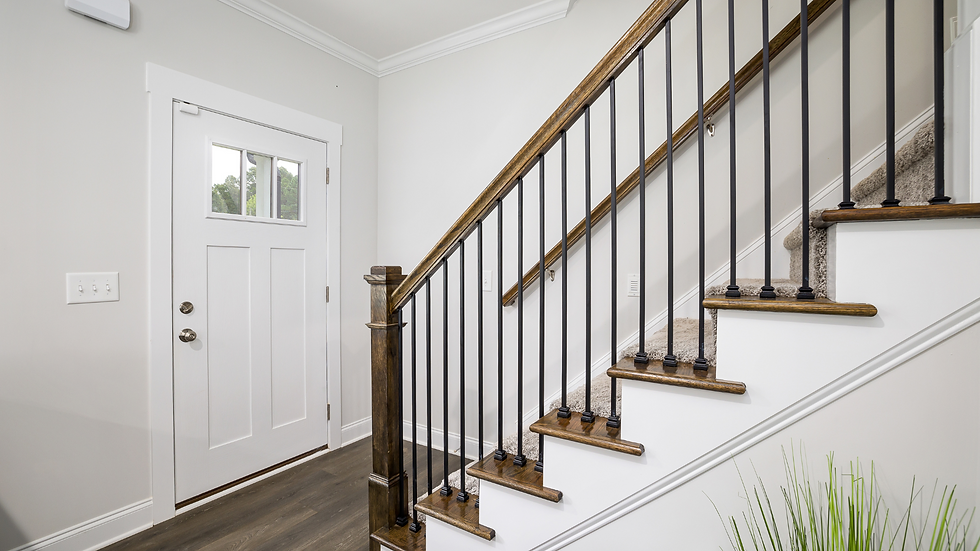
Choosing an indoor railing material is one of those decisions that seems straightforward — until you start comparing the options. Wood offers warmth and timeless character, but requires periodic care to maintain its beauty. Metal delivers sleek lines and long-term durability, but it can feel out of place in certain home styles. Glass creates a light-filled, open look, yet demands regular cleaning to stay pristine.
This decision is about more than aesthetics. The material you select affects your home’s safety, the level of maintenance you’ll face, and how well it will hold up over time. The right railing blends seamlessly with your home’s architecture, meets building codes, and adds value that lasts for years.
In this guide, we’ll compare wood, metal, and glass railings in detail — looking at style, durability, cost, and upkeep — so you can make a confident, informed choice for your home.
Why the Right Indoor Railing Material Matters
Your indoor railing isn’t just a decorative feature — it’s a critical safety element in your home. No matter which material you choose, it must meet building code requirements for height, spacing, and strength to ensure it protects everyone who uses your stairs (International Code Council).
The right material also plays a major role in how your space feels. A traditional home may call for the warmth of wood, while a modern, open layout might shine with metal or glass. And beyond looks, each material comes with its own maintenance needs — from refinishing wood to cleaning glass to protecting metal from corrosion. Choosing wisely means you’ll love both the look and the upkeep for years to come.

Wooden Stair Railings
Few materials match the warmth and inviting feel of wood. It’s the classic choice for traditional and transitional homes, bringing natural texture and a sense of craftsmanship that metal or glass can’t quite replicate. From rich walnut to crisp white oak, wood offers endless possibilities for staining, painting, or custom carving.
When properly cared for, wood railings can last decades. They’re strong, versatile, and easy to repair if a section gets damaged. But they do require a bit of upkeep — periodic sanding, staining, or sealing keeps the surface protected from wear and everyday bumps.
Cost varies depending on the species, finish, and level of customization, but wood typically sits in the moderate range, making it accessible without feeling cheap. For visual inspiration and design ideas rooted in wood, check out resources like The Spruce’s stair railing galleries for a range of beautiful
Pros & Cons of Wood Railings

Metal Railings
Metal railings bring a sleek, contemporary feel to any space. Whether you prefer the clean lines of powder-coated aluminum, the industrial edge of steel, or the ornate details of wrought iron, metal offers unmatched design versatility. It’s a favorite in modern, minimal, and industrial-style interiors, but with the right finish, it can also complement transitional homes.
Durability is where metal truly shines. With proper care, it can last for decades without losing structural integrity. Maintenance is minimal—usually just a wipe-down with a damp cloth and, for steel or iron, an occasional coat of rust-preventive sealant.
Costs vary depending on the material and finish. Powder-coated aluminum tends to be the most budget-friendly, while wrought iron sits at the premium end for its craftsmanship and weight. For style inspiration, explore Houzz’s metal railing gallery.
Pros & Cons of Metal Railings

Glass Railings
Glass railings are the go-to choice for homeowners who want an airy, open look that maximizes light and sightlines. Perfect for modern and contemporary interiors, they make spaces feel larger and more connected while showing off architectural details instead of hiding them.
When built with tempered or laminated glass and installed by a professional, glass railings meet strict building codes and provide excellent safety. They’re sturdy enough for everyday use but maintain that “barely there” visual effect.
Maintenance is where glass demands more attention—fingerprints, smudges, and dust will show, meaning frequent cleaning is part of the package. On the cost side, glass tends to be a premium option, with higher material and installation expenses compared to wood or metal.
For real-world examples, check out Architectural Digest’s gallery on 17 Stair Railing Ideas That Elevate Interior Design—many feature innovative glass railing designs.

Cost & Maintenance Comparison: Wood vs. Metal vs. Glass Railings
Choosing a railing material is a bit like choosing a car. You don’t just look at the color — you think about how it drives, how often you’ll need to service it, and how much it’s going to cost over the years. The same goes for stair railings. Some will quietly serve you for decades with little effort. Others will demand regular upkeep to stay safe and stylish.
This isn’t just about upfront cost — it’s about the lifetime relationship you’ll have with your staircase. The material you choose impacts:
Your home’s style and resale value (buyers notice quality railings)
Safety (different materials behave differently under wear and tear)
Maintenance demands (some are wipe-and-go, others need refinishing)
Budget planning (a low initial price can mean higher upkeep down the line)
Let’s break down how wood, metal, and glass railings compare in the real world — not just on paper.
Wood Railings – The Warm Traditionalist
If your home’s style leans classic, cozy, or transitional, wood railings are the natural fit. They offer a tactile warmth and versatility that no other material matches — you can stain them, paint them, carve them, or pair them with almost any baluster style.
But here’s the truth: wood is like a beautiful leather jacket. It gets better with age if you care for it. Skip maintenance, and you’ll start to see scratches, dull patches, and warping.
Average Cost (per LF): $50–$120
Lower end: Oak, maple
Higher end: Walnut, exotic hardwoods
Maintenance: Sanding, staining, or painting every 2–5 years depending on traffic and exposure to sunlight.
Durability: Can last 50+ years if maintained; prone to moisture damage in humid environments.
Pros: Warm and timeless; easy to customize; matches multiple architectural styles.
Cons: Higher upkeep; can dent or scratch; not ideal for homes with extreme humidity swings.
Pro Tip: If you love wood but hate maintenance, consider a mix — a wood handrail with metal balusters keeps the warmth but lowers upkeep.
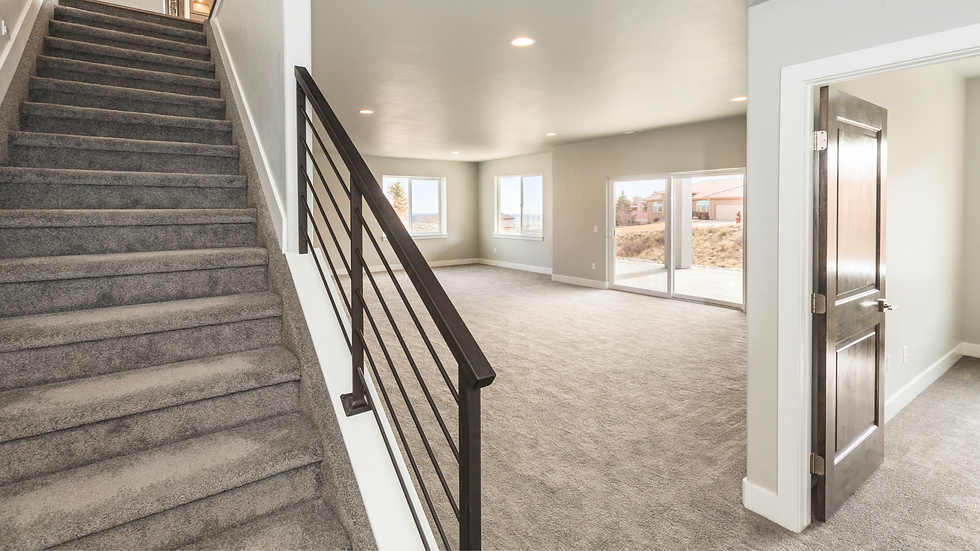
Metal Railings – The Modern Minimalist
Metal railings are the architect’s darling — sleek, modern, and engineered for longevity. They can be minimalist black powder-coated aluminum or ornate wrought iron with curves and flourishes.
Their biggest perk? They’re practically bulletproof. Maintenance is almost nonexistent, and they don’t warp, crack, or fade like wood. For homeowners who want a “set it and forget it” option, metal is often the winner.
Average Cost (per LF): $60–$150
Lower end: Powder-coated aluminum
Higher end: Stainless steel, custom steel designs
Maintenance: Simple wipe-down; occasional rust-preventive coat for steel or iron.
Durability: Can last a lifetime without major repairs.
Pros: Extremely strong; low-maintenance; wide design range.
Cons: Can feel cold in traditional interiors; higher cost for premium finishes.
Design Note: Check out our Cable Railing 101: Pros, Safety Codes & Indoor Install Tips if you’re leaning toward a sleek, open look.
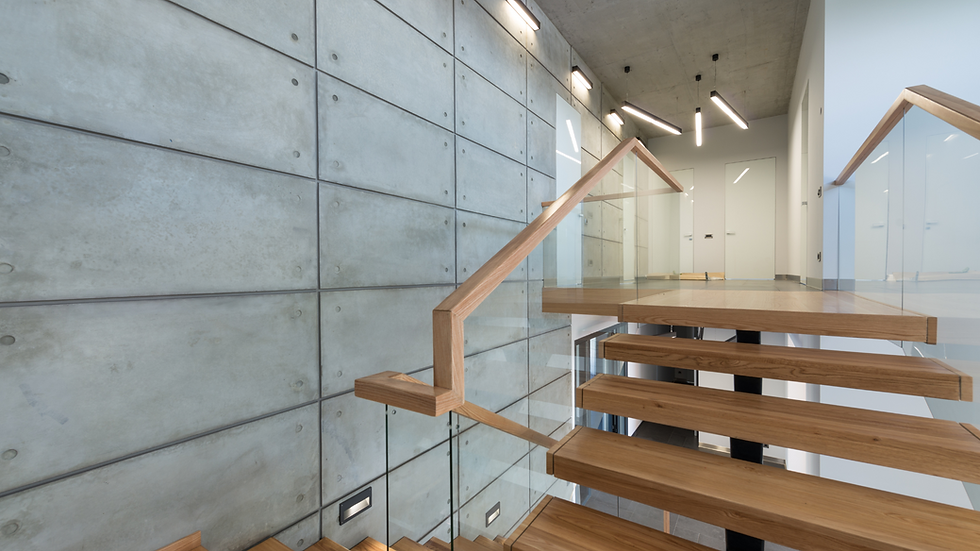
Glass Railings – The Showstopper
Glass railings aren’t just a design choice — they’re a statement. They make interiors look bigger, brighter, and instantly more upscale. Perfect for modern, coastal, and luxury spaces, they also let you show off the craftsmanship of your staircase itself.
But here’s the trade-off: while they don’t warp or crack easily, glass loves to collect fingerprints, smudges, and pet nose prints. If you’re not into frequent cleaning, you may want to think twice.
Average Cost (per LF): $90–$250
Tempered or laminated safety glass required for code compliance
Maintenance: Frequent cleaning; no refinishing needed.
Durability: Strong when properly installed; resistant to most wear but vulnerable to impact damage.
Pros: Unobstructed views; maximizes light flow; high-end, modern feel.
Cons: Shows dirt easily; highest upfront cost; not ideal for high-traffic kid zones unless laminated.
Pro Tip: Opt for low-iron glass if you want a crystal-clear view without the greenish tint that standard glass can have. It costs more, but the clarity makes a big difference in bright, open spaces.
What This Means for You:
If you want warmth and flexibility: Wood is your friend — just budget for upkeep.
If you want something you’ll never have to baby: Go for metal.
If you want jaw-dropping, light-filled interiors: Glass will deliver, but be ready with the glass cleaner.
Mixing materials is often the smartest play — a wood handrail on a metal frame, or glass panels with a steel base. You get the aesthetic payoff without committing to one material’s weaknesses.
For more detailed cost data, you can check HomeAdvisor’s Railing Cost Guide, but remember: local expertise matters. Material pricing and installation costs in New Jersey can differ dramatically from national averages. When you’re comparing options, a railing professional can flag code and maintenance needs.
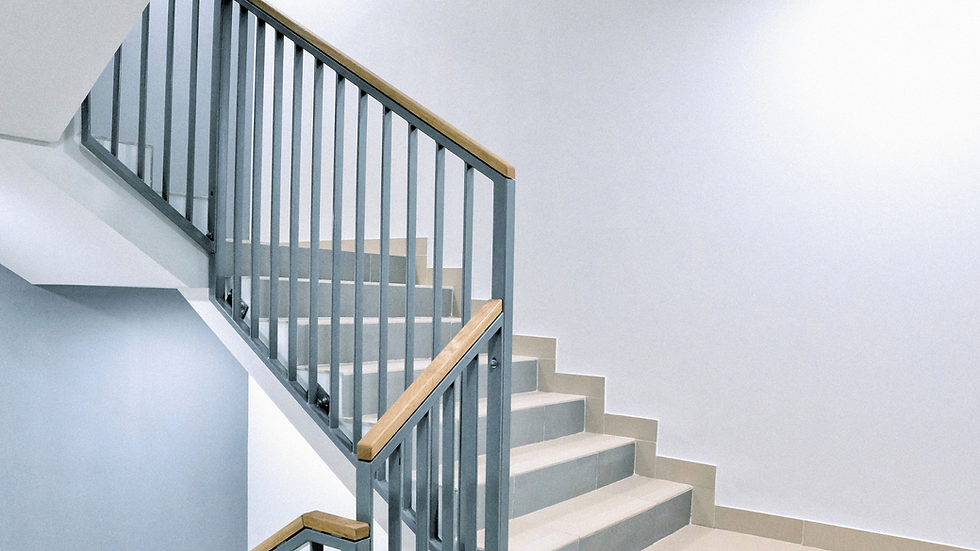
Which Stair Railing Material Is Right for You?
Picture your home first, not the showroom. If you live with crown molding, warm woods, and classic trim, wood railings feel natural and add character. If your rooms lean clean and linear, metal keeps the lines crisp. If you crave light and openness, glass protects the view and visually expands the space.
Now sanity-check the budget. Wood typically lands mid range, metal spans from affordable aluminum to pricier custom steel, and glass sits at the premium end because of tempered or laminated panels and precise installation.
Be honest about maintenance.
Wood: looks incredible when cared for, expect periodic sanding and refinishing.
Metal: wipe it down, check for rust if you chose steel or iron.
Glass: fingerprints and smudges show, plan on regular cleaning.
Think about daily life.
Kids or pets: choose laminated glass for extra safety, or tighter baluster spacing with wood or metal.
High-traffic stairs: harder finishes like metal resist scuffs, wood can show wear faster.
Before you lock anything in, compare quotes and installation details. Use our checklist in What to Ask Before Hiring a Stair Railing Contractor to line up code requirements, materials, finishes, and timelines so you can choose with confidence.
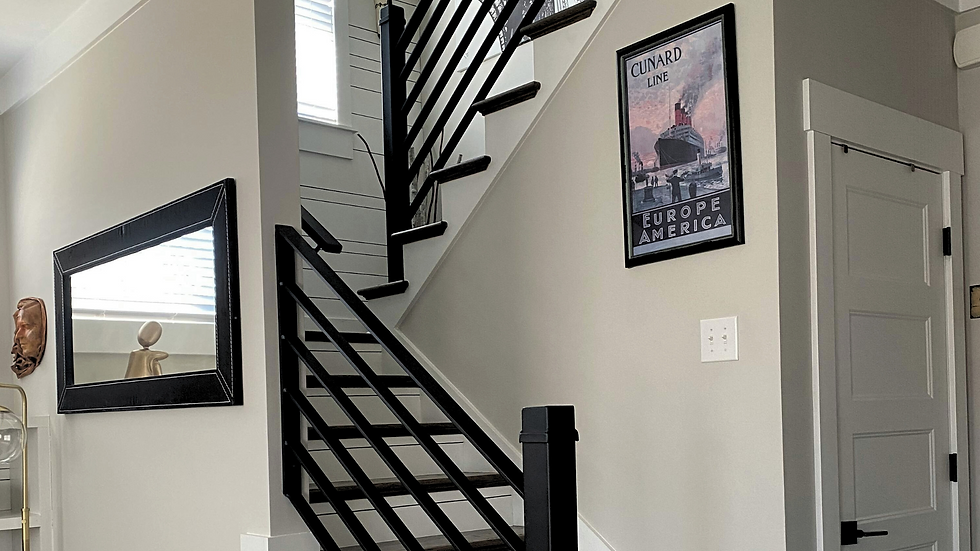
Choosing the best indoor railing material is part design decision, part lifestyle match. Wood reads warm and traditional, it’s easy to customize and feels at home in classic or transitional spaces, but it asks for periodic refinishing. Metal looks sleek and stays tough for decades with minimal upkeep, great for modern or minimalist homes. Glass delivers that open, high-end look and floods the space with light, but it comes with more frequent cleaning and a higher upfront cost.
If you are still torn, you do not have to pick just one. Mixing materials can balance look, budget, and maintenance. Think wood handrail with slim metal balusters, or glass panels set in a simple steel frame.
Before you commit, confirm the specs and code requirements: code height, baluster spacing, load requirements, and how the system will tie into your existing stairs. A short consult with a railing professional can save you from costly do-overs and help you choose finishes that age well with kids, pets, and real life.
Ready to move from ideas to a plan? Contact Carlo Carpentry for measured recommendations, clear pricing, and a clean, code-compliant installation that fits your home.




Comments